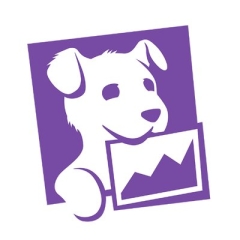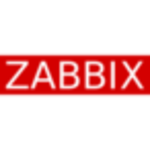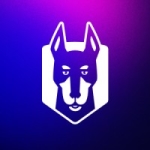What is our primary use case?
Our primary use case for Datadog involves utilizing its dashboards, monitors, and alerts to monitor several key components of our infrastructure.
We track the performance of AWS-managed Airflow pipelines, focusing on metrics like data freshness, data volume, pipeline success rates, and overall performance.
In addition, we monitor Looker dashboard performance to ensure data is processed efficiently. Database performance is also closely tracked, allowing us to address any potential issues proactively. This setup provides comprehensive observability and ensures that our systems operate smoothly.
How has it helped my organization?
Datadog has significantly improved our organization by providing a centralized platform to monitor all our key metrics across various systems. This unified observability has streamlined our ability to oversee infrastructure, applications, and databases from a single location.
Furthermore, the ability to set custom alerts has been invaluable, allowing us to receive real-time notifications when any system degradation occurs. This proactive monitoring has enhanced our ability to respond swiftly to issues, reducing downtime and improving overall system reliability. As a result, Datadog has contributed to increased operational efficiency and minimized potential risks to our services.
What is most valuable?
The most valuable features we’ve found in Datadog are its custom metrics, dashboards, and alerts. The ability to create custom metrics allows us to track specific performance indicators that are critical to our operations, giving us greater control and insights into system behavior.
The dashboards provide a comprehensive and visually intuitive way to monitor all our key data points in real-time, making it easier to spot trends and potential issues. Additionally, the alerting system ensures we are promptly notified of any system anomalies or degradations, enabling us to take immediate action to prevent downtime.
Beyond the product features, Datadog’s customer support has been incredibly timely and helpful, resolving any issues quickly and ensuring minimal disruption to our workflow. This combination of features and support has made Datadog an essential tool in our environment.
What needs improvement?
One key improvement we would like to see in a future Datadog release is the inclusion of certain metrics that are currently unavailable. Specifically, the ability to monitor CPU and memory utilization of AWS-managed Airflow workers, schedulers, and web servers would be highly beneficial for our organization. These metrics are critical for understanding the performance and resource usage of our Airflow infrastructure, and having them directly in Datadog would provide a more comprehensive view of our system’s health. This would enable us to diagnose issues faster, optimize resource allocation, and improve overall system performance. Including these metrics in Datadog would greatly enhance its utility for teams working with AWS-managed Airflow.
For how long have I used the solution?
I've used the solution for four months.
What do I think about the stability of the solution?
The stability of Datadog has been excellent. We have not encountered any significant issues so far.
The platform performs reliably, and we have experienced minimal disruptions or downtime. This stability has been crucial for maintaining consistent monitoring and ensuring that our observability needs are met without interruption.
What do I think about the scalability of the solution?
Datadog is generally scalable, allowing us to handle and display thousands of custom metrics efficiently. However, we’ve encountered some limitations in the table visualization view, particularly when working with around 10,000 data points. In those cases, the search functionality doesn’t always return all valid results, which can hinder detailed analysis.
How are customer service and support?
Datadog's customer support plays a crucial role in easing the initial setup process. Their team is proactive in assisting with metric configuration, providing valuable examples, and helping us navigate the setup challenges effectively. This support significantly mitigates the complexity of the initial setup.
Which solution did I use previously and why did I switch?
We used New Relic before.
How was the initial setup?
The initial setup of Datadog can be somewhat complex, primarily due to the learning curve associated with configuring each metric field correctly for optimal data visualization. It often requires careful attention to detail and a good understanding of each option to achieve the desired graphs and insights
What about the implementation team?
We implemented the solution in-house.
Disclosure: My company does not have a business relationship with this vendor other than being a customer.























